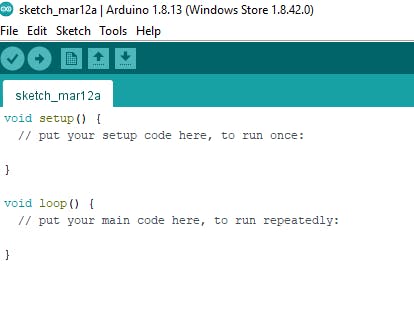Internet of Things (IoT) is one of the emerging and fast growing trends in technology today. The exponential growth in this field warrants the need to explore and understand it in the curiosity of being in line with the technological revolution.
In this article, we will review the basics of IoT and how one can get into this emerging field.
To understand IoT, lets review what internet is. We are all familiar with the mantra 'internet is the global interconnection of networks'. It is the ability of individuals to connect and communicate with each other through a network channel. This can be viewed as "the internet of 'people'". Lets think of Internet of Things in a similar line.
A Glimpse of Internet of Things
IoT is the global interconnection of 'things' through a network. 'Things' in this sense are devices which can communicate with each other, collect, and transfer data without human intervention.
In IoT, we program the devices to perform, collect, and transfer data and information. The basic devices in this aspect are sensors which can receive input and give an output. Examples of such sensors are proximity sensors, humidity sensors, temperature sensors among others.
We control these devices using a micro-controller, programmed by a computer through an application software such as Arduino. Arduino is the basic Integrated Development Environment (IDE) for IoT devices.
Internet of things exists all around us. For instance, a printer which can receive commands from a phone, contactless automatic hand sanitizer dispenser, voice assistants like Siri and Alexa, smart home security, and the list goes on.
Significance of Internet of Things
The fourth industrial revolution is redefining the boundary between the physical and the digital world through the use of technologies such as artificial intelligence, robotics, 3D, and quantum computing. In order to achieve this new age of technological revolution, we need to lay a strong foundation with IoT.
We need to understand how we can transform the physical world to a network as well as, comprehend how to communicate with this network. This is where IoT comes in as the bridge between physical devices and the global network.
Simply, IoT is the essential string that will help pull the world to the next chapter in its digital revolution: it is the 'smart' in smart devices.
How to Get started with Internet of Things
1. Install Arduino IDE

Arduino IDE is the 'basic' IoT programming platform and the best place to start in the field. This IDE uses the C/C++ language. However, you don't have to worry about knowing either of the languages because Arduino is basic and has simple syntax which makes programming easier. Additionally, you can find any Arduino code you want online. Though, it is really important to understand the programs you write.
2. Get Proteus

A major challenge in the IoT field is the hardware components for example, sensors and microcontrollers which tend to be quite expensive. Luckily, there are several simulation software through which you can learn IoT without necessarily needing to have the hardware components.
Proteus is one such simulation. There are other simulation software including Multism, kicad, easyeda, and the like. I chose Proteus for this guide because it is beginner friendly and easy to use.
3. Practice practice practice!
Start your journey by blinking an LED. Simulate the blinking LED project with Proteus or if you have the components, connect them.
 When successful, do another project of your choice and repeat. Remember, 'practice makes perfect'.
When successful, do another project of your choice and repeat. Remember, 'practice makes perfect'.
4. Understand the sub fields of IoT
As you do more and more projects, you will realize that IoT is not just about running circuits and connecting sensors. You will grasp the concept of the multifield hence understand what sub-field you want to major in; but that is another story which will be covered in another article.
The beauty of understanding IoT is the realization that you have the power to contribute to the fourth industrial revolution and usher in a new technological age. If you find your passion in this field, take the opportunity and make a difference to the world through IoT.
Its never too late to start
-Jeff Olson
Article by Esther Mueni

